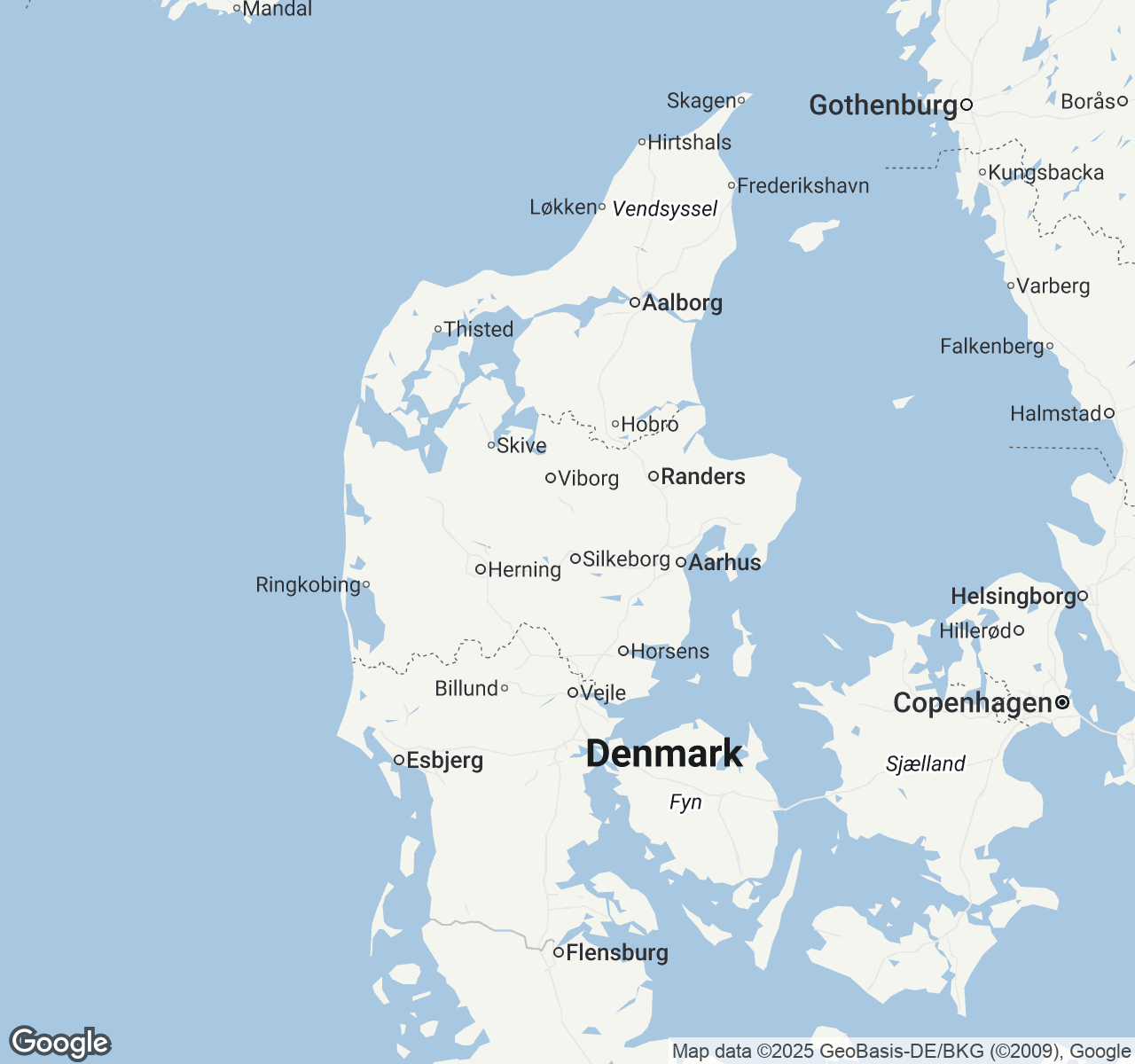
Things to Do in Denmark
Discover the best of Denmark
Plan Your Trip
Essential guides for timing and budgeting
Road Trips from Denmark
Explore scenic driving routes and epic journeys
Top Things to Do in Denmark
Discover the best activities and experiences. Book now with our trusted partners and enjoy hassle-free adventures.
Your Guide to Denmark
About Denmark
Where fairy tales spring to life and hygge becomes a way of being, Denmark unfolds like a living storybook painted in gentle pastels. This is a land where Viking heritage whispers through cobblestone streets of Copenhagen, where centuries-old castles stand sentinel over emerald countryside, and where the concept of cozy contentment has been elevated to an art form. Bicycle bells chime a melodic soundtrack through tree-lined avenues, while candlelit cafés beckon with the promise of perfectly brewed coffee and warm conversation. Here, minimalist design meets maximum comfort, and the rhythm of life flows with an enviable balance between productivity and pleasure. From the colorful harbor of Nyhavn to the windswept shores of Jutland, Denmark wraps visitors in an embrace of understated elegance and genuine warmth, where happiness isn't just pursued—it's cultivated, shared, and celebrated in the simplest of moments.
Travel Tips
Transportation: Purchase a Copenhagen Card for unlimited public transport plus museum entries. Rent a bike from Bycyklen (city bike system) using the app. Trains connect major cities efficiently—book DSB tickets online for discounts. Consider renting a car for exploring rural Jutland and Funen islands.
Money: Denmark uses Danish Kroner (DKK). Credit cards are accepted everywhere, even for small purchases. Tipping isn't expected but 10% is appreciated for exceptional service. ATMs are widely available, but notify your bank before traveling to avoid card blocks.
Cultural Respect: Embrace punctuality—Danes value being on time. Remove shoes when entering homes. Respect the concept of hygge by keeping conversations peaceful and avoiding controversial topics initially. Danes appreciate direct but polite communication and personal space in public transport.
Food Safety: Tap water is excellent and safe to drink everywhere. Try traditional smørrebrød (open sandwiches) and visit food markets like Torvehallerne. Most restaurants accommodate dietary restrictions—inform staff about allergies. Organic food is widely available and clearly labeled.
When to Visit
Denmark's charm shifts beautifully with each season, offering distinct experiences year-round. Summer (June-August) brings the warmest weather (15-22°C/59-72°F) with long days of up to 18 hours of daylight, minimal rainfall (50-60mm monthly), but peak prices 40-50% higher and crowded attractions. Late spring (May) and early autumn (September) offer the sweet spot: pleasant temperatures (10-18°C/50-64°F), moderate rainfall (40-50mm), 20-30% lower prices, and fewer crowds while maintaining good weather for sightseeing and cycling. Winter (December-February) transforms Denmark into a hygge wonderland with temperatures around 0-4°C (32-39°F), though expect limited daylight (7-8 hours) and higher rainfall (50-70mm). However, Christmas markets, cozy cafés, and 30-40% lower accommodation prices make it magical for culture seekers. Key festivals include Roskilde Festival (late June/early July), Copenhagen Jazz Festival (July), and Tivoli's Halloween season (October). Spring (March-April) offers blooming landscapes and Easter celebrations, while autumn brings harvest festivals and impressive foliage. Budget travelers should target November-March, families prefer June-August, and cultural enthusiasts will love the shoulder seasons for museums and local life.

Denmark location map